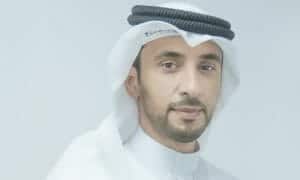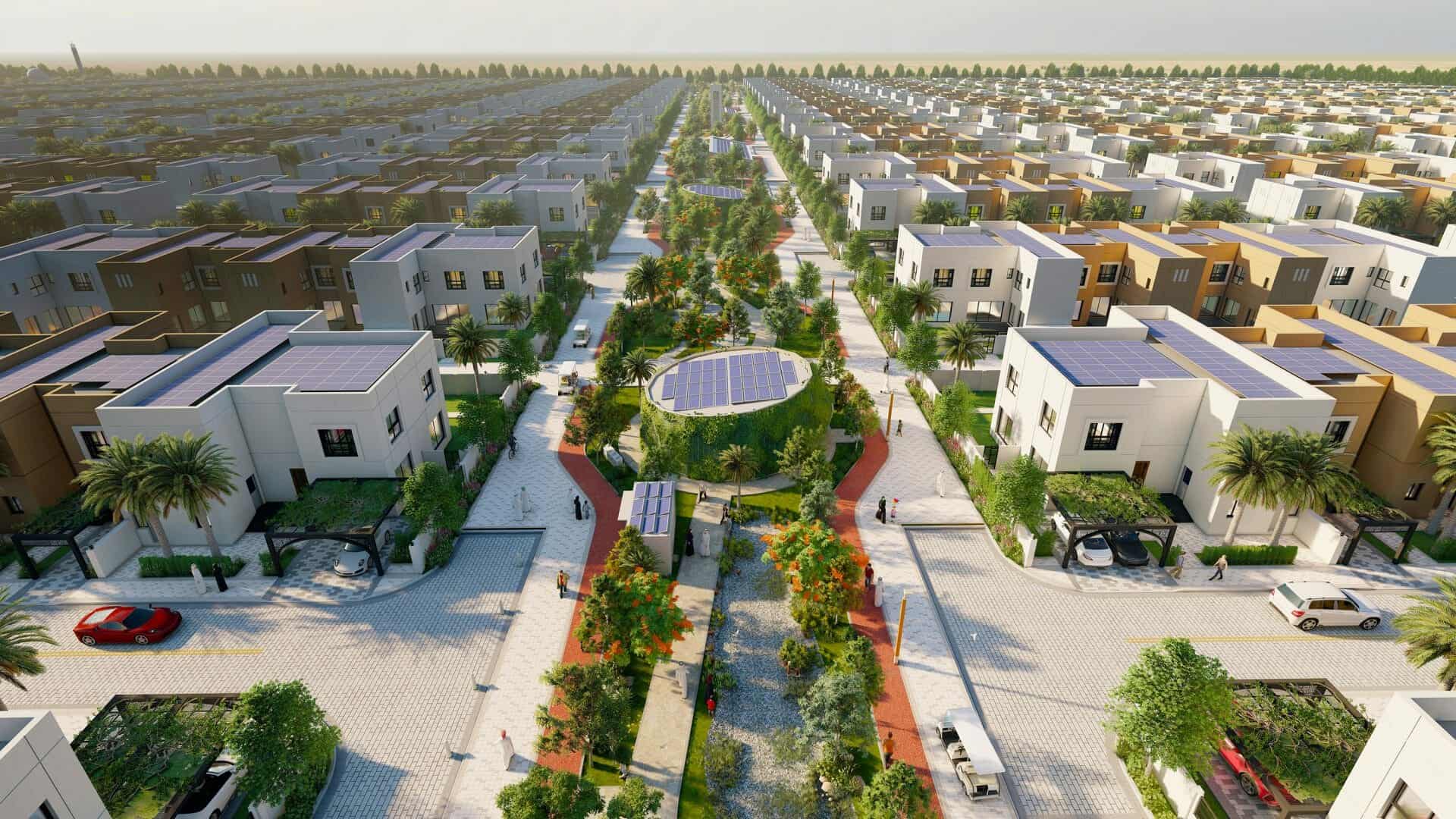Sharjah Sustainable City (SSC) leads the global movement towards sustainable living, promoting a lifestyle compatible with the future. The city is designed to cover all three elements of sustainability – social, economic, and environmental – and provide solutions related to food security, water, and energy management, as well as natural resources conservation.
“This city represents a fundamental change in the concept of future cities and urban planning. The project is spearheading the movement towards sustainable living,” Yousif Ahmed Al-Mutawa, CEO of Sharjah Sustainable City told TRENDS. “It aligns with the global movement towards becoming climate positive, reducing carbon emissions, positively impacting the environment through energy production, and encouraging others to be more eco-aware. We see it as a working model of how cities of the future will look.”
The project extends over an area of 7.2 million square feet of land in the Al Rahmaniyah area of Sharjah, supporting the urban development of the Emirate.
“Over the past few years, we have seen a big shift in demand from central, urban city projects such as high-rise apartment complexes to suburban lifestyle destination developments like Sharjah Sustainable City, as both local and expatriate families are looking to take advantage of attractive prices in the UAE property market to invest in a home or investment property,” Al-Mutawa added.
COVID-19 accelerated this shift, according to Al-Mutawa, as those whose financial stability wasn’t severely affected by the pandemic have taken the opportunity to change their living environment and move from densely populated areas to more spacious areas with villas and gardens. The pandemic has driven the people’s desire to protect the health of their families by moving to less crowded areas and demanding homes with gardens, parks, and leisure spaces.

According to Al-Mutawa, the SSC project consists of 1,120 residential units and villas ranging between 2,035 sq. ft. to 3,818 sq, with prices starting from AED 1.3 million for villas.
Benefits of Sustainable Cities
Projects like SSC, and other similar developments in the UAE, such as Masdar City in Abu Dhabi, and The Sustainable City – Dubai, are helping developers to learn what it will take to meet the housing and social needs of a growing population without negatively impacting the environment.
Such Cities demonstrate how developers can benefit from intelligent design, smart home automation, water-saving appliances, and energy-saving electrical devices to deliver savings on utilities for residents.
For Al-Mutawa, the most significant benefit will be for all real estate developers to take the lessons learned from sustainable projects like Masdar City, The Sustainable City – Dubai, and Sharjah Sustainable City, and apply them to all real estate projects moving forward to ensure that our economic development does not come at too high a cost.
The principles of the city
Although there are numerous technical challenges associated with existing decarbonizing infrastructure, such as changing transportation networks and modifying existing buildings and urban facilities, private grants, public funding, and long-term commitments from large corporations can all help accelerate the process.
Al-Mutawa claims that many developments are only concerned with the sustainability elements of the finished project. However, there is also a carbon footprint to the actual building process.
Sharjah Sustainable City has been designed to reduce the carbon footprint in Sharjah. It will be fully powered by renewable energy produced by solar panels while recycling water and waste.
He pointed that the city has the highest standards of sustainable products and materials, following the footsteps of The Sustainable City in Dubai but with the latest best practices. For example, the SSC building envelope uses Precast Wall Panels, reducing construction waste volume compared to cast-in-situ, and lowering the total Embodied Carbon. Also, the villa avoids the sun and maximizes shading, while most south-facing facades are closed to reduce heat gains.
Moreover, most agricultural products will be grown in it using modern technology such as vertical farming in greenhouses, helping to create a self-sustainable community while generating savings of up to 50% on utility and energy bills.
There will also be an extensive network of walking and cycling paths to promote an active lifestyle and clean mobility, thereby reducing emissions.
The city also features electric mobility solutions, including charging stations for electric vehicles and 2.4 km dedicated to autonomous electric vehicles.
Even waste is utilized to create a circular economy. For example, a biogas plant treats organic waste (food waste, green waste, and sludge) converts a waste problem into a resource (electricity and thermal energy). Residues from the biogas plant will be dried and used as fertilizer for landscaping. Likewise, a Sewage Treatment Plant (STP) to treat wastewater will produce Treated Sewage Effluent (TSE) for landscape irrigation, achieving 100% water recycling and avoiding emissions associated with tankers.
Advantages of sustainable environment
A sustainable city improves the environment, ensures rich biodiversity, reduces air pollution, helps water storage, dampens noise, and helps calm down in warm periods. All real estate developments can benefit from these best practices even if they are not fully sustainable, as they can still have sustainable elements within them.
Governments and industries worldwide are starting to realize that the economic harm caused by climate change and pollution, from severe storms, droughts, wildfires, respiratory problems in populations, and so on, far outweighs the costs of shifting to more sustainable business practices.
Like electric cars will become the industry standard by the end of this decade, Al-Mutawa believes sustainable property development will also become prevalent, and projects like Sharjah Sustainable City will be ahead of the curve. Rather than retrofit properties, houses that come as standard with solar PVC and energy-saving technology and design will be the most sought-after by homebuyers.
In addition, the UAE government has been keen to encourage opportunities for investment in green projects by creating an attractive investment environment, legislation, regulation, and management, and promoting partnership initiatives between the public and private sectors and relevant international organizations. That support from the top-level means the future is promising for the industry.








